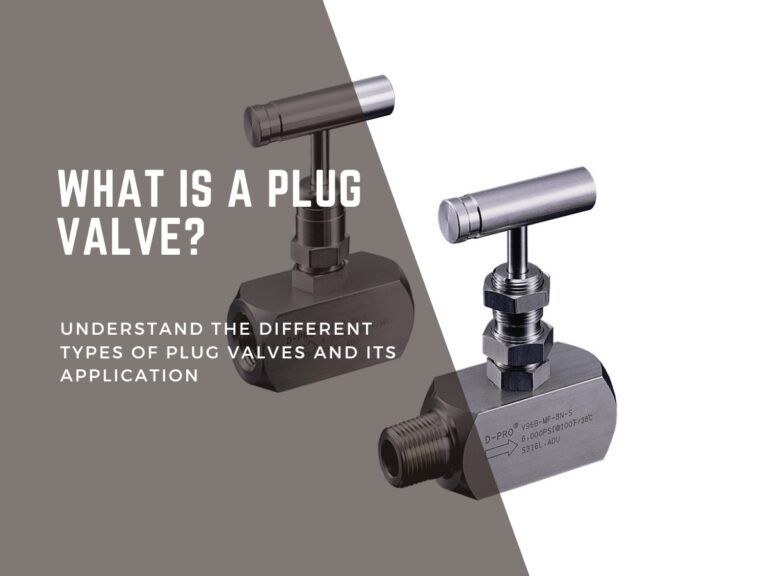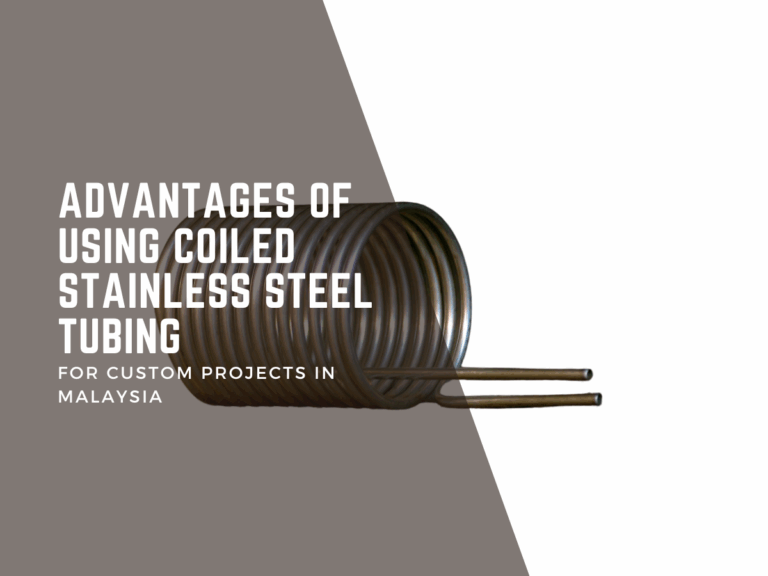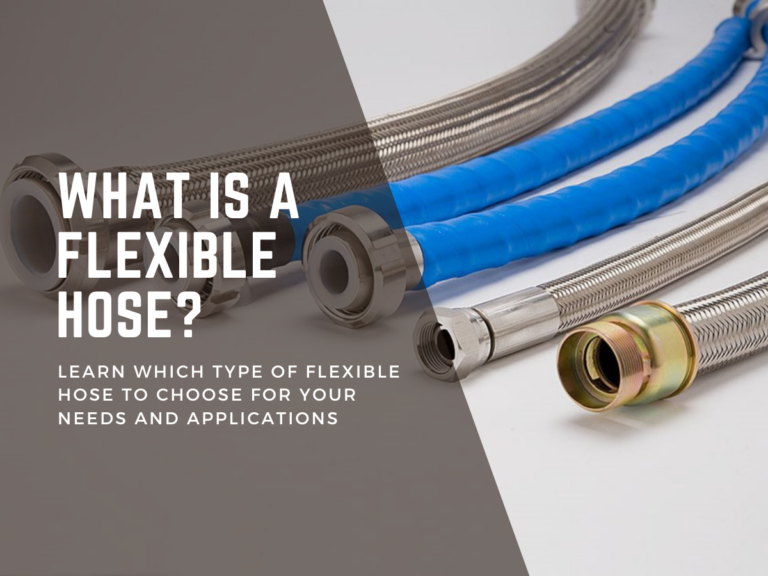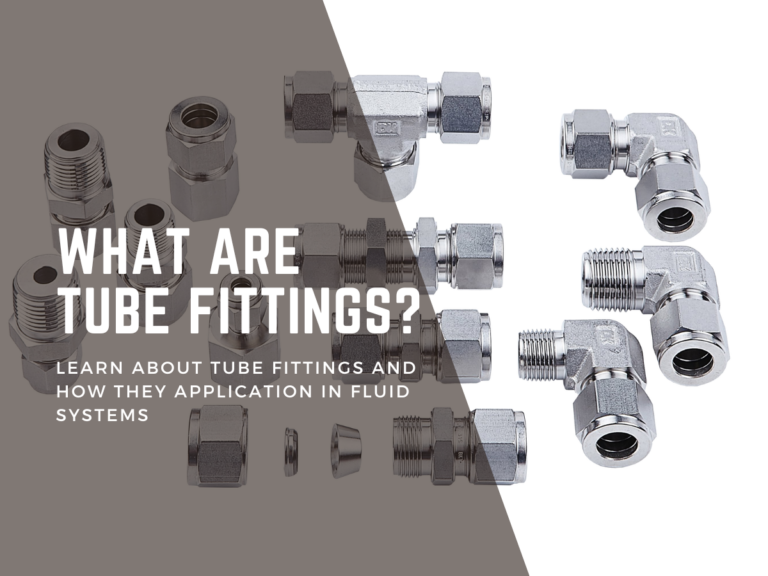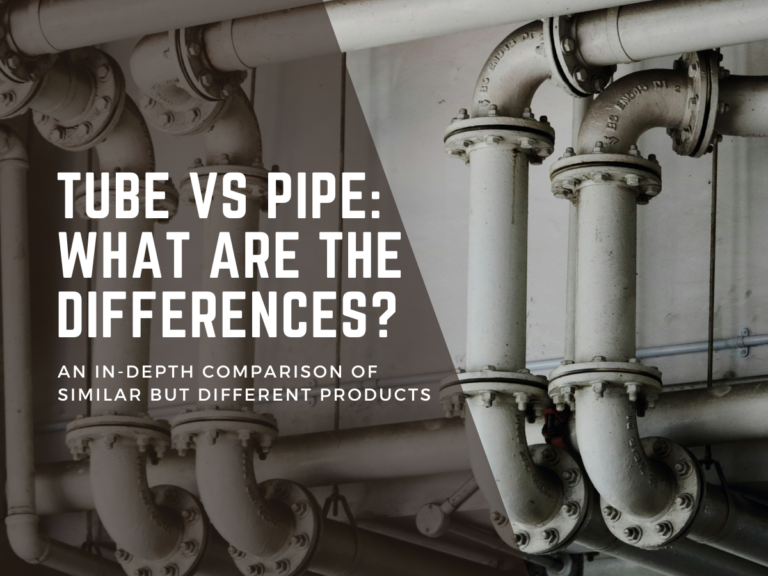Pipe fittings are crucial to the success of plumbing systems because they allow pipes to connect to form a cohesive setup. Before continuing, it is essential to note that pipes mainly convey products, such as liquids and gases (fluids), slurries, powders, and masses of small solids.
Whether at the bottom of oil reservoirs or in your house plumbing, pipe fittings play a vital role in the pipe network. They empower you to connect multiple pipes, cover longer distances, increase or decrease the pipe size, extend a network by branching, and create more complex systems than could be achieved with only individual pipes.
There are many kinds of pipe fittings. We will guide you through the necessary steps to select the proper fittings, reassuring you that paying attention to the size and type is crucial to ensuring you get the exact one you prefer the next time you do a home improvement task. Rest assured, DK-Lok offers a wide range of high-quality fittings for your reliable systems.
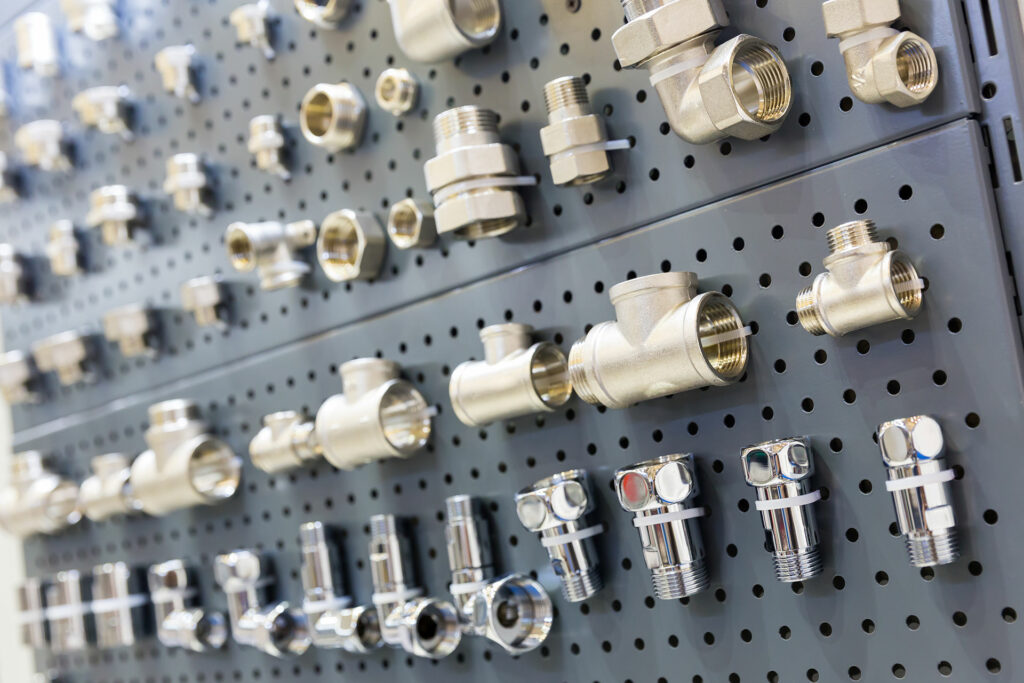
Let’s examine the pipe fittings you can use to configure your plumbing and industrial systems.
The Different Types of Pipe Fitting
- Elbow Fittings: Like your elbow lets you bend your arm, elbows are industrial fittings that change the flow direction between two pipes, helping them go through curves and bends. Elbows usually come with angles of 22.5 degrees, 45 degrees, and 90 degrees.
- Bushing Fittings: Bushing fittings, or reducer fittings, connect two pipes of different sizes. By reducing the larger pipe size to match the smaller one, they enable water to flow smoothly through the pipeline, even when the pipe size changes.
- Tee Fittings are a component in the plumbing system in a ‘T’ shape. They are used to split the flow into two separate lines or when a new branch is required.
- Wye Fittings: Wye fittings are used in drainage systems with a branch line at 45 degrees to keep the flow smooth.
- Cross Fittings: Crosses typically have four ports, either three inlets and one outlet or one inlet and three outlets, and are commonly used for irrigation, sprinkler, and industrial applications.
- Coupling Fittings: Coupling fittings connect two pipes of the same diameter in a straight line. They secure the joint and are usually threaded or welded. Couplings can help repair pipes, like the quick patch for a leak. There are two types of coupling: compression coupling and slip coupling.
- Union Fittings: Union fittings have two threaded ends and a central nut. These have similar functions to couplings. However, while we cannot remove the coupling fitting after installation, we can easily remove the union as needed, making this a valuable option for systems that demand regular maintenance or repairs.
- Adapters Fittings: Adapters are used for pipes without appropriate ends, threading either male or female, as needed. Adapters are often used in copper and PVC pipes. The plain end of the adapter is glued, welded, or soldered to the plain pipe end.
- Barb Fittings: Barb fittings are practical pipe fittings that connect flexible tubing to pipes. They are male-threaded on one end and have a multi-barbed tube to connect to flexible tubing.
- Olet Fittings: When standard fittings sizes are unsuitable for our needs, we use Olet fittings. Sometimes, the inlet pipe size is larger than the outlet pipes in T-sections; in this case, Olets are the best solution.
- Valve Fittings: Valves are used in plumbing systems to stop or control fluid flow. Different types of valves are available depending on the application. For isolation, it would be best to have a gate, plug, or ball valve. If you need a valve to prevent reverse flow, use a check valve. Lastly, if you need something to throttle or control the volume of a vaporized fuel, use a globe valve, butterfly valve, or diaphragm valve.
- Cap Fittings: A cap fits over the end of a pipe to stop the flow of water or gas. Cap fittings permanently seal a pipe’s end or temporarily cut off supply during a plumbing project.
- Plug Fittings: Plugs and caps are used to close pipe openings but seal the opening differently. A plug fits inside the threaded pipe opening, while a cap fits over the opening. These are commonly used in sewer system cleanout locations.
- Nipple Fittings: Nipples are short pipe sections with male threads at each end. They connect two female-threaded pipes or fittings.
Size Choices of Fittings
Choosing the right size fitting is not just a matter of convenience; it’s a crucial step in ensuring the efficiency and safety of your system. Just as you would carefully select a well-fitting pair of shoes to walk comfortably and avoid accidents, so too should you pay attention to the size of your fittings.
Here’s how you find the right size
Understanding Pipe Measurements: Pipes and fittings are measured by their Nominal Pipe Size (NPS) or Diametre Nominal (DN).
- NPS is the standard metric used in North America
- Diametre Nominal (DN) is its internal diameter.
Matching Fitting to Pipe Size: Fittings must match the size of the pipes they connect. Using a fitting that is too large or small can result in poor connections, leaks, or pipe damage. Always check that the fitting’s NPS or DN matches the pipe’s.
Type of Connection: The connection type of the fitting can also influence what size you need. Some fittings, like threaded ones, require precise threading to match the pipes they connect.
Check for Expansion and Contraction: Pipes can expand or contract in specific locations where temperatures fluctuate. When selecting fittings, consider particular materials that can accommodate these changes without causing problems in the future.
Consult Manufacturer Specifications: When in doubt, consult the specifications provided by the manufacturer. These documents often include detailed information on sizing, pressure ratings, and compatibility, ensuring you choose the correct fitting for your application.
Considering these factors, you can choose pipe fittings that match your system’s requirements more effectively, ensuring a robust and efficient setup.
Whether you’re working on a small home project or a large industrial installation, understanding how to select the size of your pipe fittings properly is fundamental to building a reliable and durable system.
Usage of Pipe Fittings
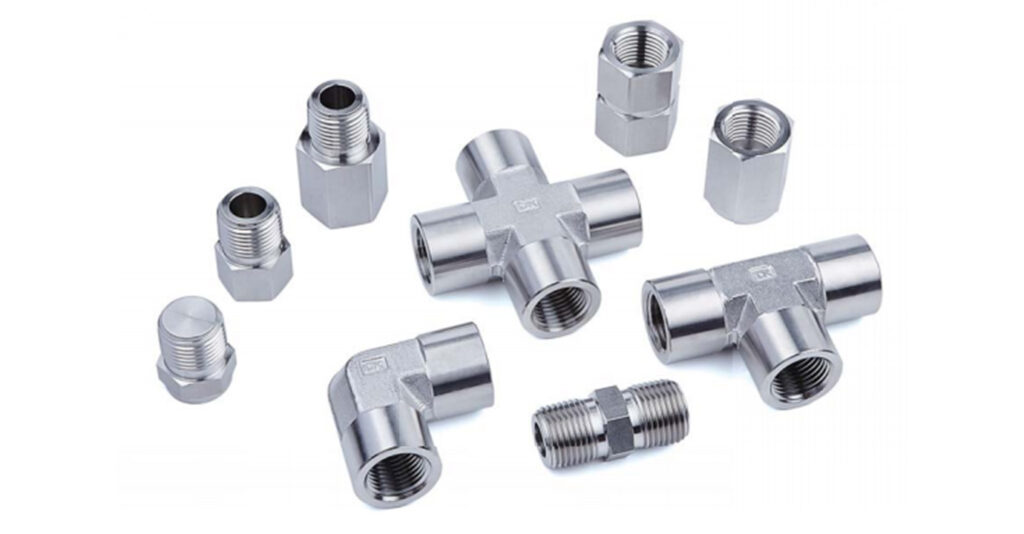
Pipe fittings are essential in any system as they pass fluids from one place to another. In more complicated environments like factories or refineries, pipe fittings are often needed to direct the forward flow of chemicals safely. The type and size of fittings you choose depends on what the pipes are carrying and where they’re being used:
- Water and Wastewater Systems: Materials like PVC, copper, and brass are popular because they’re durable, resist corrosion, and don’t release harmful substances into the water.
- Oil and Gas Industries: These industries require extremely durable fittings that withstand high pressure and corrosive materials. Stainless steel and carbon steel are preferred for their strength and resilience.
- Manufacturing and Machinery: Fittings must be exceptionally robust in high-pressure environments like factories. Stainless steel and brass are preferred materials for their high durability and strength, which allows them to endure significant stress without breaking down.
- Food and Beverage: Cleanliness and safety are crucial in food and beverage production. Stainless steel is favored because it’s robust, easy to sanitize, and doesn’t harbor bacteria.
- Home Plumbing: The choice of fittings at home often depends on local regulations and personal preferences. Copper is favored for its long-lasting reliability, while PEX is famous for its flexibility and ease of installation.
Why It’s Important to Pick the Best Pipe Fittings
Choosing the right fittings is a critical matter when working with fluids. DK-Lok is known to produce dependable, high-quality products that solve fitting selection problems. You can purchase DK-Lok products from Simlecco, their Malaysian distributor.
Using top-notch items from DK-Lok will make your system work better and last longer, meaning running more smoothly. Knowing which fittings to use is essential for the safety and efficiency of your system and a crucial factor for the success of the projects.

